How to Clean Copper and Brass Wire and Sheet Metal
In these economic times, we as artists and jewelers are faced with the shock of the price increases in precious metals. Silver and gold prices have skyrocketed and we are finding ourselves faced with rethinking just what metals we are going to be using to create with.
Both copper and brass jewelry wire are available to us in a variety of gauges and shapes. Brass gives an illusion of being gold-like with its yellowish-red color, but it is actually a blend of copper and zinc (having roughly 67% copper and 33% zinc in its makeup). Sometimes small amounts of other metals are added in the blend but the majority of brass is as stated above. Jewelry brass is usually the 230 alloy, otherwise known as rich low brass.
Please be aware that working with brass wire is harder on your hands as it will not bend and flow as easily as when compared to silver and/or gold-filled wire. So take your time and work it slowly until you get the feel of the metal.
Keeping your brass and copper items clean and shiny will take a bit more work than normal. There are a variety of ways to do so, from simple home recipes to buying commercially manufactured products. The one thing you do have to keep in mind is the difference between acidic and caustic compounds for cleaning brass. We will cover a few different ways to clean these metals.
Please note that these are just some techniques to try and before using any of them take into consideration the beads or gemstones, etc. you have used in making your jewelry piece. We are not endorsing any one way or method, merely providing you with information for your use regarding cleaning techniques that we are aware of, and none of these cleaning methods will prevent tarnish. If there is a product or method listed that we do personally use, we will note it as such.
Please be aware that working with brass wire is harder on your hands as it will not bend and flow as easily as when compared to silver and/or gold-filled wire. So take your time and work it slowly until you get the feel of the metal.
Keeping your brass and copper items clean and shiny will take a bit more work than normal. There are a variety of ways to do so, from simple home recipes to buying commercially manufactured products. The one thing you do have to keep in mind is the difference between acidic and caustic compounds for cleaning brass. We will cover a few different ways to clean these metals.
Please note that these are just some techniques to try and before using any of them take into consideration the beads or gemstones, etc. you have used in making your jewelry piece. We are not endorsing any one way or method, merely providing you with information for your use regarding cleaning techniques that we are aware of, and none of these cleaning methods will prevent tarnish. If there is a product or method listed that we do personally use, we will note it as such.
Natural Methods:
Lemon Juice: To clean brass or copper with lemon juice, you can either use it neat (straight), or mixed with vinegar and/or baking soda.
Mix up a couple of teaspoons of lemon juice with a couple of teaspoons of vinegar.
Add just enough baking soda to make it become a gritty paste.
Use this with a cloth to scrub your brass or copper items.
Rinse with lukewarm water and dry with a clean cloth.
Ketchup or Worcestershire Sauce: Who would have thought this would work? Ketchup and Worcestershire sauce both have the ability to remove dirt well due to the acidic nature of both items.
First try rubbing the sauce onto your item with a soft cloth.
If this doesn't remove the dirt very well, coat the item in sauce and leave it to sit for a minute or two.
Rinse with lukewarm water and dry with a clean cloth.
Vinegar & Steel Wool: Noted as one of the simpler methods available for cleaning brass. Grab some vinegar, pour it on or soak your item in it for a minute or two, then just use steel wool to remove the tarnish. (Personally, I think if using this method I'd use a q-tip dipped in vinegar or a soft cloth with some vinegar on it, since most of the cleaning action comes from the acidity of the vinegar rather than from the physical scrubbing with the steel wool.)
Use a fine grade of steel wool (If it is numbered, lower 0s are a minimum grade as opposed to a higher grade with more 0s).
Watch your item if you do immerse it entirely into the vinegar: some items will discolor in the vinegar, and you will need to buy a commercial polish to remove the discoloration.
Some people use apple cider vinegar, while others say red wine vinegar is better than white wine. Which works best for you will depend on your own choices.
Toothpaste: Toothpaste is a gentle abrasive. Use the opaque toothpastes rather than the clear varieties, as the opaque ones are more likely to contain the necessary, mild abrasive (while the others are more focused on killing bacteria and freshening breath).
Be aware that this method will probably not be as effective as any other method because the toothpaste is an alkaline and not acidic as the others mentioned above. Most of the results will be obtained by all the scrubbing you do with the brush.
Be aware that this method will probably not be as effective as any other method because the toothpaste is an alkaline and not acidic as the others mentioned above. Most of the results will be obtained by all the scrubbing you do with the brush.
Ready To Use Solutions:
If you are going to use a ready-to-use solution, follow the golden rule and read the label. This is for your own safety and for the preservation of your brass items.
Brasso: An old favorite that I remember well from having to clean large brass trays my mother had purchased while we were stationed in Taiwan. Follow the directions on the can. Basically you need to soak a cloth in Brasso then rub the tarnish off the brass. Wear gloves to do so and then buff with a clean soft cloth.
Nevr Dull: Yep, spelled strangely but it does clean brass. Comes with pre-soaked wadding in the can and you pull off a piece and start rubbing. Both Dale and I have used this product with good results. Be sure to wear gloves just to keep the product from drying out your skin, and use it in a well-ventilated area.
Tarn-X-Brass: Another liquid cleaner that attacks light tarnish. Be sure it says Brass as there are two types of Tarn-X. (FYI, we do not recommend using the silver version at all!!)
Easy Cleaning of both Copper and Brass: An ionic cleaner such as the Speed Brite works well on both copper and brass jewelry items and with no harm to gemstones or beads. If the piece doesn't clean immediately with the regular clip and dip method, use a soft toothbrush under running water afterwards, to assist the process.
Be sure and properly store your finished pieces in a zip loc bag to help reduce tarnishing.
Materials

Wire

Sheet
Tools
No tools listed
- Category: General Education
- Technique(s): General Education






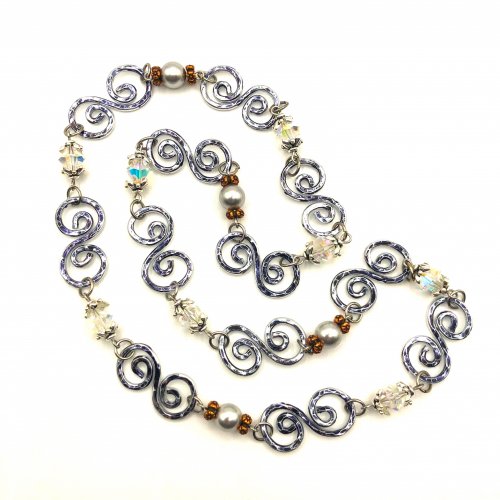
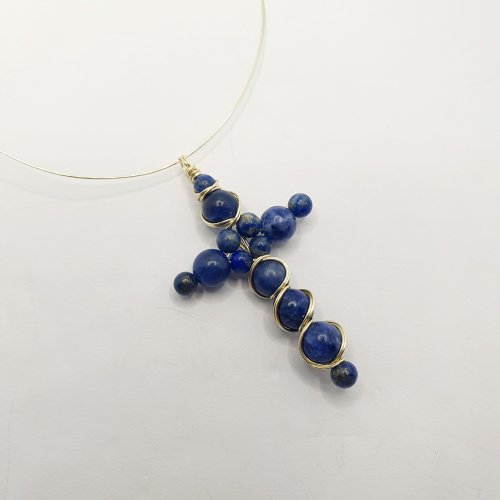
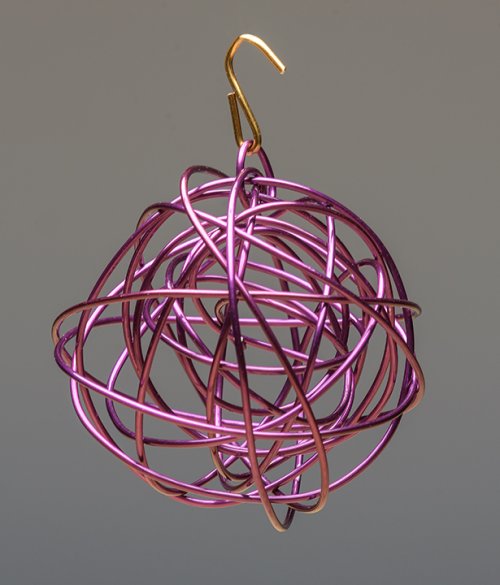



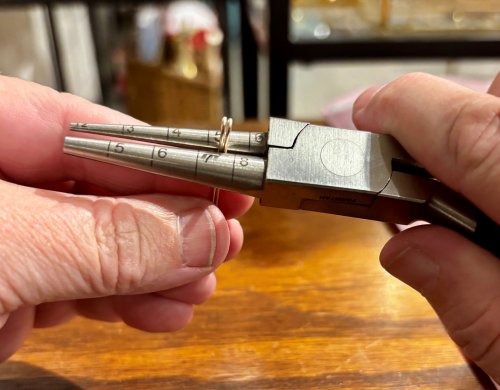




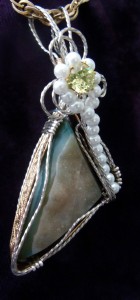

 For the Love of Pearls
For the Love of Pearls Tumbling Your Jewelry
Tumbling Your Jewelry
